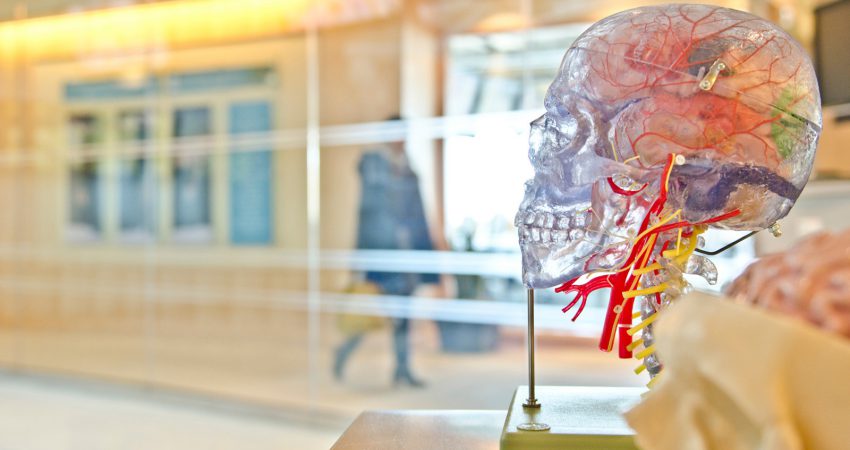
By Katie Van Horne - August 2011
PAPER CITATION
Furberg, A. & Arnseth, H.A. (2009). Reconsidering conceptual change from a socio-cultural perspective: Analyzing students’ meaning making in genetics in collaborative learning activities. Cultural Studies of Science Education, 4, 157–191.
How do students understand through talk and interaction with their resources? Furberg and Arnseth describe a study that examined conceptual change through social interaction, learning opportunities that support students gaining understanding of genetics, and institutional constraints that influence students’ discussions. This article is followed by two responses from different authors and a final response from Furberg and Arnseth.
Literature relevant to the conceptual change in the learning sciences has historically focused on cognitive or sociocognitive ways of understanding student learning. This research brief discusses a series of articles about conceptual change in genetics. In the featured article, Furberg and Arnseth employ a sociocultural approach to analyze a student’s understanding in genetics and describe how students interpret and understand genetics through collaborative learning environments. The authors argue that students find it easy to understand genetics through rationale practices that involve many social interactions and the uptake of resources. The authors conducted this study during a 2-week student exploration in genetic technology in two 10th grade classes with 25 students each. The authors designed a follow-up activity where the students formed groups of four and had to solve problems of their own in their groups without additional resources such as textbooks. These sessions were video taped and analyzed for student discourse. This study showed that students gained a deeper understanding of the subject matter when they asked each other questions, requested explanations of scientific basis from other students, and were held accountable for those explanations (often through the use or reference to diagrams and written text). In this study, the conversation followed a trajectory that included opportunities for students and teachers to address the topic from many directions. The authors conclude that institutional constraint and expectations played a role in shaping student talk.
As a response to Furberg and Arnseth, Kindfield takes the issue with what she characterizes as an oversimplified description of the history of cognitive research. She argues that gaining a complete story of how students learn requires collaboration between contemporary research in cognitive, sociocognitive, and sociocultural perspectives on learning in order to get the full picture of science learning.
Venville’s response to Furberg and Arnseth provides two additional constructs for examining student talk: powerful knowledge and quality talk. The researcher argues that the powerful knowledge aspect of the work is consequent to the students working together to understand the connection between ideas, specifically the function of DNA and proteins. In order to reach this level of knowledge, Venville claims that it is at times necessary for the educator to intervene and act as a resource to move students out of stalemates and into deeper explanations of how and why the connections between DNA and proteins exist. In addition, students need to be taught how to engage in quality talk that moves beyond disputes into explanations and learning. Through his analysis, Venville shows engaging students in these ways can lead to more productive discussions around conceptual problems in genetics.
Furberg and Arnseth gratefully respond to both authors for entering into the conversation and clarify critiques by explaining that they are documenting specifically how students come to an understanding within groups in specific moments in time. They acknowledge the need for the field to understand more about how people learn concepts over time in social settings and organizational constraints.
Responding articles:
Kindfield, A.C.H. (2009). Situating cognitive/socio-cognitive approaches to student learning in genetics. Cultural Studies of Science Education, 4, 193–199.
Venville, G. (2009). Powerful knowledge and quality talk: Maximising learning of genetics during collaborative group work. Cultural Studies of Science Education, 4, 201–209.
Furberg, A. & Arnseth, H.A. (2009). The importance of socio-cultural context for understanding students’ meaning making in the study of genetics. Cultural Studies of Science Education, 4, 211–219.




